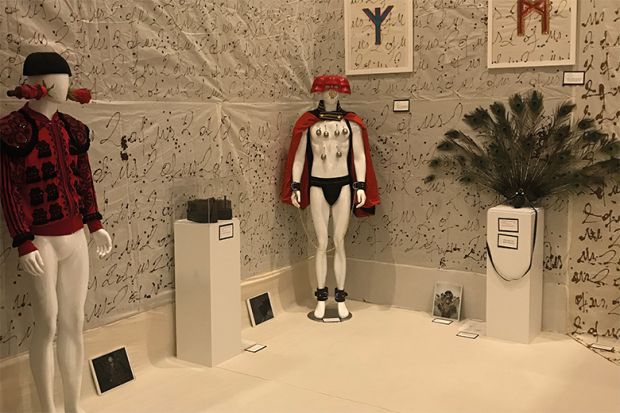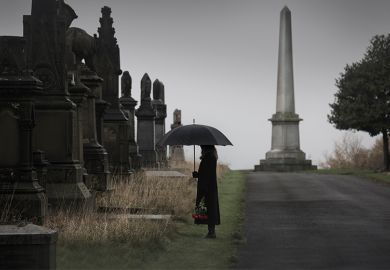Universities aspire to be at the cutting edge of current thinking, so it obviously makes sense that one would engage with radical and disturbing art.
One of the genres many people find either mystifying or offensive is extreme performance art. But I hadn’t realised just how strange these forms can be until I looked at a 2015 book by Dr Dominic Johnson called The Art of Living: An Oral History of Performance Art. Dr Johnson is reader in performance and visual culture at Queen Mary University of London and has developed the UK’s first MA in Live Art.
His book consists of 12 in-depth interviews, he explains in the introduction, with figures who “exert massive influence upon peers and younger artists”.
One man “becomes a Goddess, a silhouette, and a channel for the passage of dead legends, less a shaman than a creature of the night. Another turns his asshole into a tribute, temple, target, totem and tomb. A [third] artist slathers her husband in food, and feeds him through a tube, after secreting him in bondage in the darkest basement of her love.”
Much of the work described is both fascinating and horrifying in its extremity (though probably no more violent than many of the religious paintings hanging on the walls of museums).
There will obviously be different views about how important such artists are, but given that their performances are by definition ephemeral and often take place in front of tiny audiences, how can we possibly study their work?
The answer is to draw on videos, photographs and whatever descriptions and documentation happen to survive. In other words, wherever possible, we need an archive.
I was intrigued to hear, therefore, that Dr Johnson had recently persuaded Queen Mary to acquire the archive of a performance artist known as Jon John (1983-2017) to be used in the MA that he has developed.
Since Jon John’s work involved piercing and blood letting, some of the material left behind consists of blood-stained fabrics and other “viscera”. British universities hold in their libraries and archives a vast amount of unusual and frankly bizarre material, yet even in this context the Jon John archive is a true one-off.
In a feature this week, I discuss with Dr Johnson the practical and ethical issues involved in keeping an archive of this type, why he thinks it is worth preserving and how he would respond to those who might object to it.
Matthew Reisz is a reporter at Times Higher Education.
Register to continue
Why register?
- Registration is free and only takes a moment
- Once registered, you can read 3 articles a month
- Sign up for our newsletter
Subscribe
Or subscribe for unlimited access to:
- Unlimited access to news, views, insights & reviews
- Digital editions
- Digital access to THE’s university and college rankings analysis
Already registered or a current subscriber?








